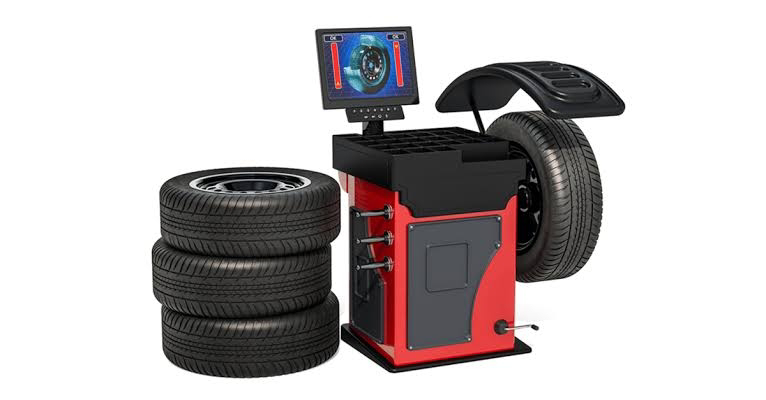Keeping your car running smoothly and safely involves more than just regular oil changes and brake checks. One often overlooked but critical aspect of vehicle maintenance is wheel balancing. Properly balanced wheels ensure a comfortable ride, prevent premature tire wear, and protect your suspension components.
In this blog post, we’ll explore why wheel balancing is essential, how it affects your vehicle, and the signs that indicate it’s time for a balance check.
What Is Wheel Balancing?
Wheel balancing is the process of evenly distributing the weight of a tyre and wheel assembly to ensure smooth rotation. When wheels are unbalanced, they create vibrations that can affect ride quality, handling, and tyre longevity.
During a balancing service, a technician uses a balancing machine to detect heavy spots on the wheel. Small weights are then added to counteract imbalances, allowing the wheel to spin smoothly at high speeds.
Why Is Wheel Balancing Important?
1. Prevents Vibrations
Unbalanced wheels cause noticeable vibrations, especially at higher speeds (typically between 50-70 mph). These vibrations can be felt in the steering wheel, seats, or even the entire vehicle, leading to an uncomfortable driving experience.
2. Extends Tyre Life
Uneven weight distribution causes certain parts of the tyre to wear faster than others. Over time, this leads to irregular tread wear, reducing tyre lifespan and forcing you to replace them sooner than necessary.
3. Improves Fuel Efficiency
When wheels are out of balance, your engine has to work harder to maintain speed, increasing fuel consumption. Proper balancing ensures optimal rolling resistance, helping you save money on gas.
4. Protects Suspension Components
Excessive vibrations from unbalanced wheels put extra stress on shocks, struts, and wheel bearings. Over time, this can lead to costly suspension repairs.
Signs Your Wheels Need Balancing
- Steering wheel vibration (especially at high speeds)
- Uneven or excessive tyre wear
- Unusual noises (humming or thumping sounds)
- Poor handling or a shaky ride
How Often Should You Balance Your Wheels?
Most experts recommend getting your wheels balanced:
- Every 5,000 to 6,000 miles
- When you install new tyres
- After hitting a pothole or curb
- If you notice vibrations or uneven wear
Conclusion
Wheel balancing is a simple yet vital part of vehicle maintenance that enhances safety, comfort, and tyre longevity. Ignoring it can lead to costly repairs and an unpleasant driving experience.
If you’ve been feeling unusual vibrations or notice uneven tyre wear, it’s time to visit your mechanic for a wheel balance check. Your car—and your wallet—will thank you!
Have you experienced issues from unbalanced wheels? Share your thoughts in the comments below!



Comments
Post a Comment
Wish to leave a message?